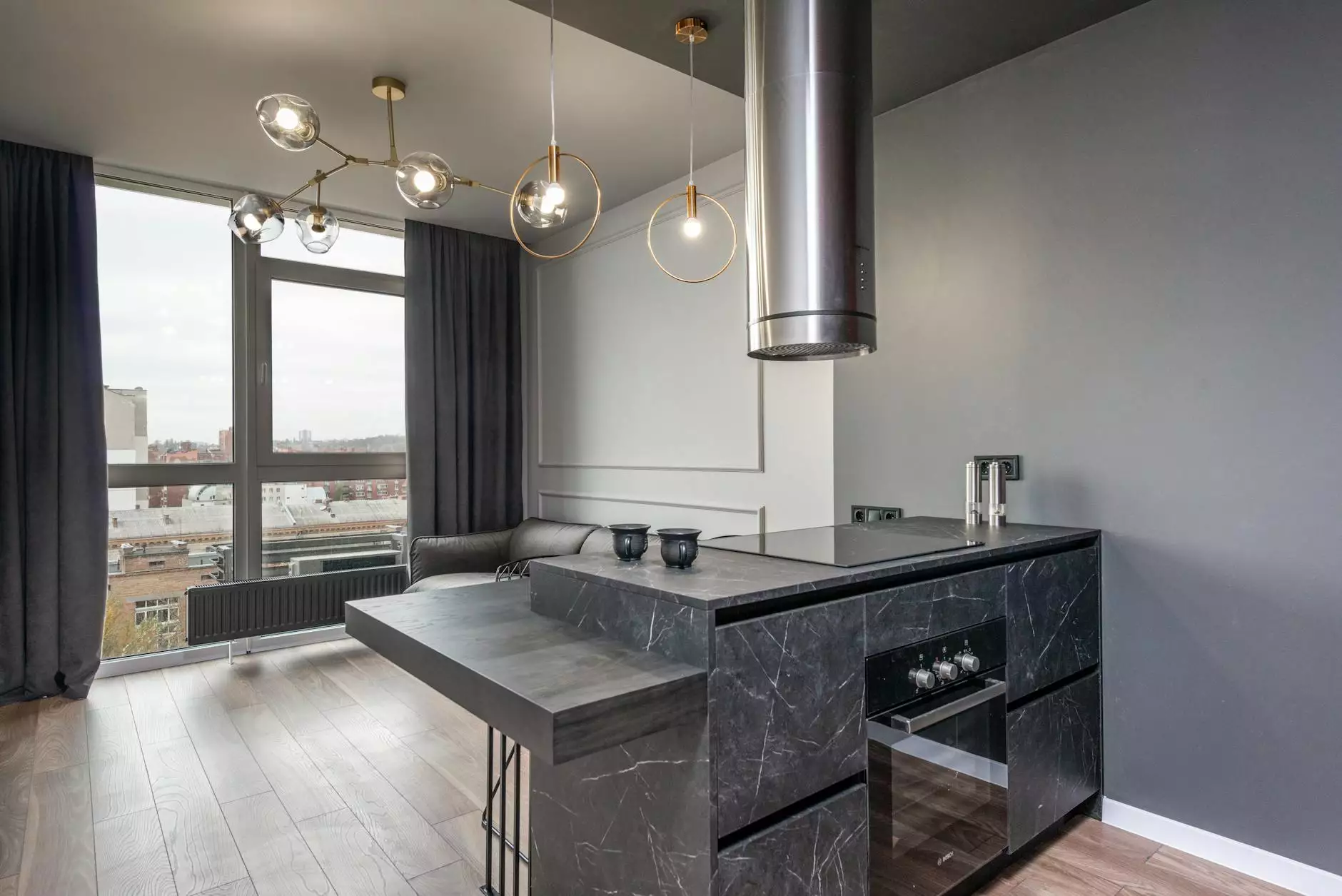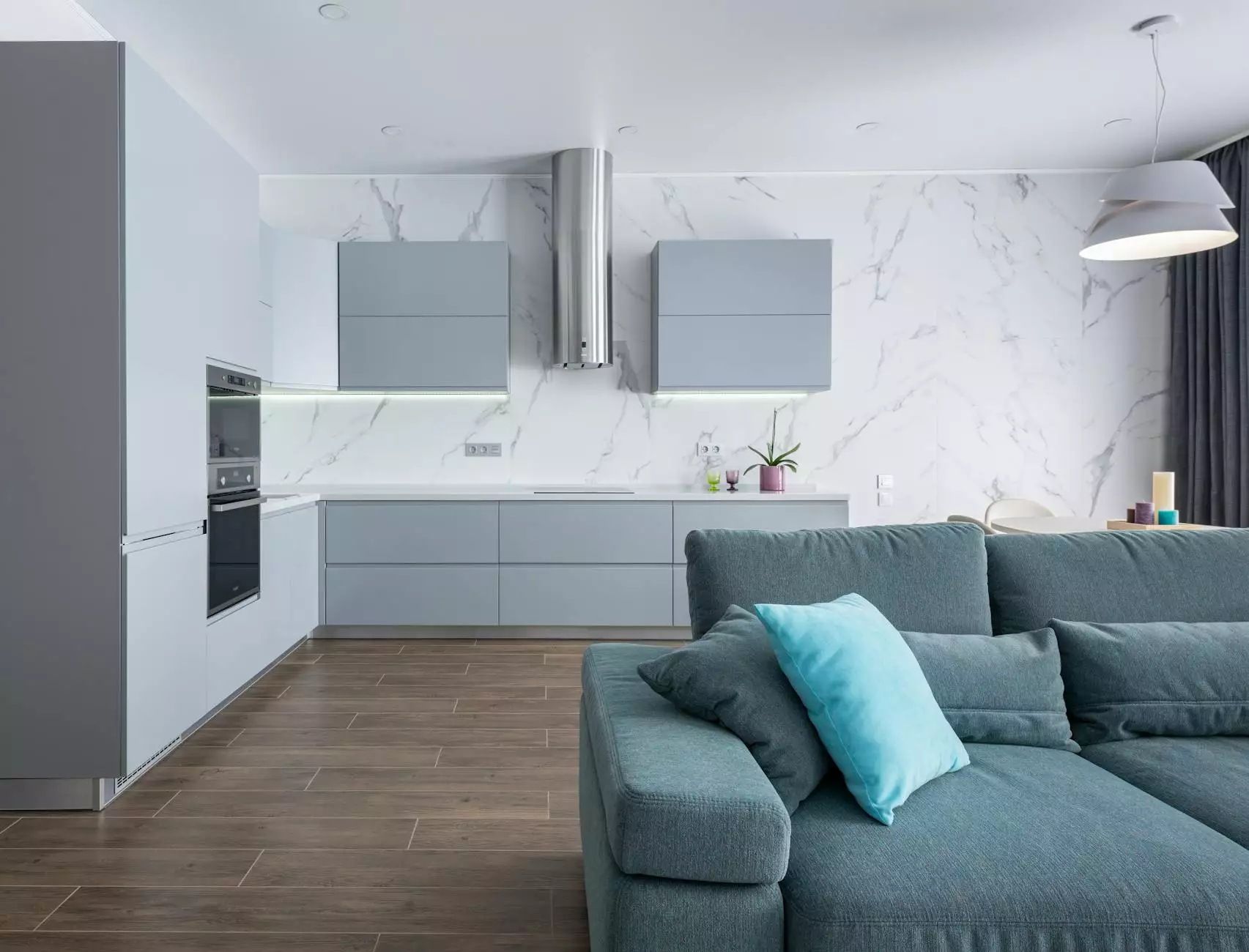6 Kitchen Island Considerations
Blog
Introduction
Welcome to Concepts in Construction, your go-to source for expert advice on heavy industry and engineering projects related to construction and maintenance. In this article, we will explore the top 6 considerations when installing a kitchen island. Whether you're a homeowner or a professional contractor, these valuable insights will help you make informed decisions and achieve outstanding results.
1. Purpose and Functionality
Before diving into the design and construction process, it's crucial to define the purpose and functionality of your kitchen island. Are you looking to create additional workspace, add extra storage, or incorporate seating options? Understanding the primary function will guide your decision-making throughout the project.
2. Size and Layout
The size and layout of your kitchen island are key factors in optimizing its functionality. Consider the dimensions of your kitchen, the available space, and the flow of traffic. A well-designed island should provide ample room for movement and a comfortable workspace.
3. Style and Design
Your kitchen island can serve as a centerpiece, adding both aesthetic appeal and practicality to your space. Choose a design that complements the overall style of your kitchen. Whether you prefer a modern, contemporary, or traditional look, select materials, colors, and finishes that align with your vision.
4. Appliances and Fixtures
Integrating appliances and fixtures into your kitchen island can enhance its functionality. Consider incorporating a sink, dishwasher, built-in oven, or a cooktop to streamline your kitchen workflow. Ensure that there is proper ventilation and access to utilities for seamless installation.
5. Storage Options
Utilizing the available space efficiently is crucial in any kitchen island design. Incorporate various storage options such as drawers, cabinets, open shelves, or a combination of these. Strategically plan storage solutions to accommodate your specific needs, whether it's for pots and pans, utensils, or pantry items.
6. Maintenance and Durability
When designing a kitchen island, it's essential to select durable materials that can withstand heavy use and frequent cleaning. Consider materials like granite, quartz, or stainless steel countertops that are both visually appealing and easy to maintain. Choose finishes that are resistant to scratches, stains, and heat.
Conclusion
Installing a kitchen island can transform your cooking space, providing additional functionality, storage, and style. By considering the purpose, size, design, appliances, storage options, and maintenance, you can create a kitchen island that perfectly aligns with your needs and preferences. Concepts in Construction is here to guide you through the entire process, ensuring a successful and remarkable outcome for your heavy industry and engineering project.



